What exactly is an electric toadstool? We can get a clue from the definition of toadstool: the spore-bearing fruiting body of a fungus, typically in the form of a rounded cap on a stalk, especially one that is believed to be inedible or poisonous. See also mushroom.
But in southern Utah, geological features dominate, and in this case it is a rock formation that resembles a toadstool formed by a hard cap rock atop softer sandstone which has mostly eroded away until just a column of the original sandstone is left. These are actually a form of hoodoo and sometimes called toadstool hoodoos.
Below are some examples of toadstools in southern Utah.
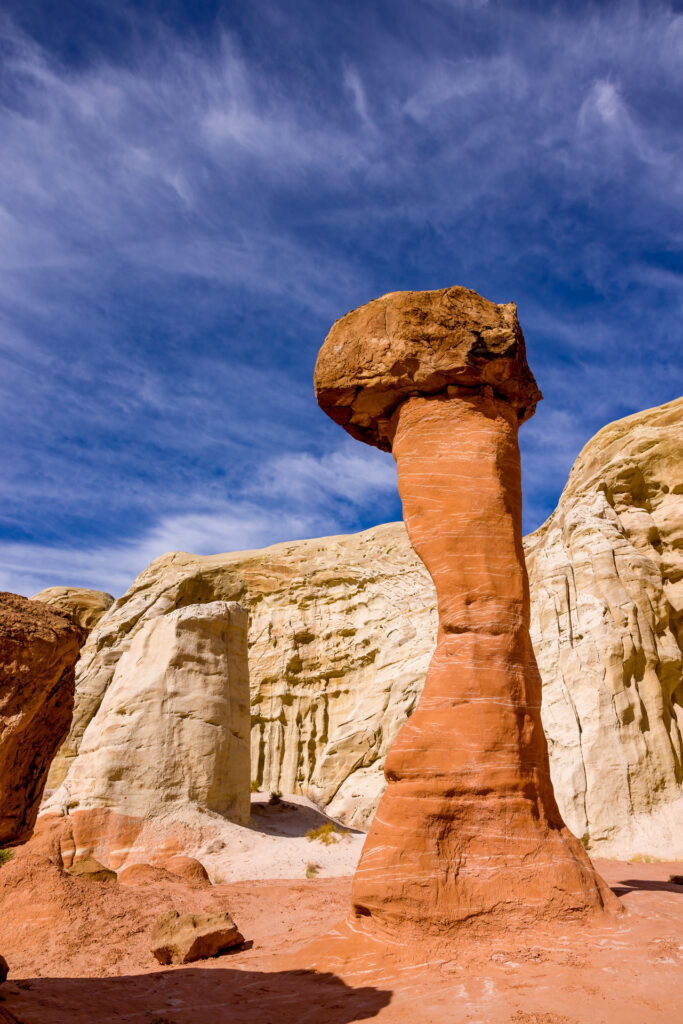
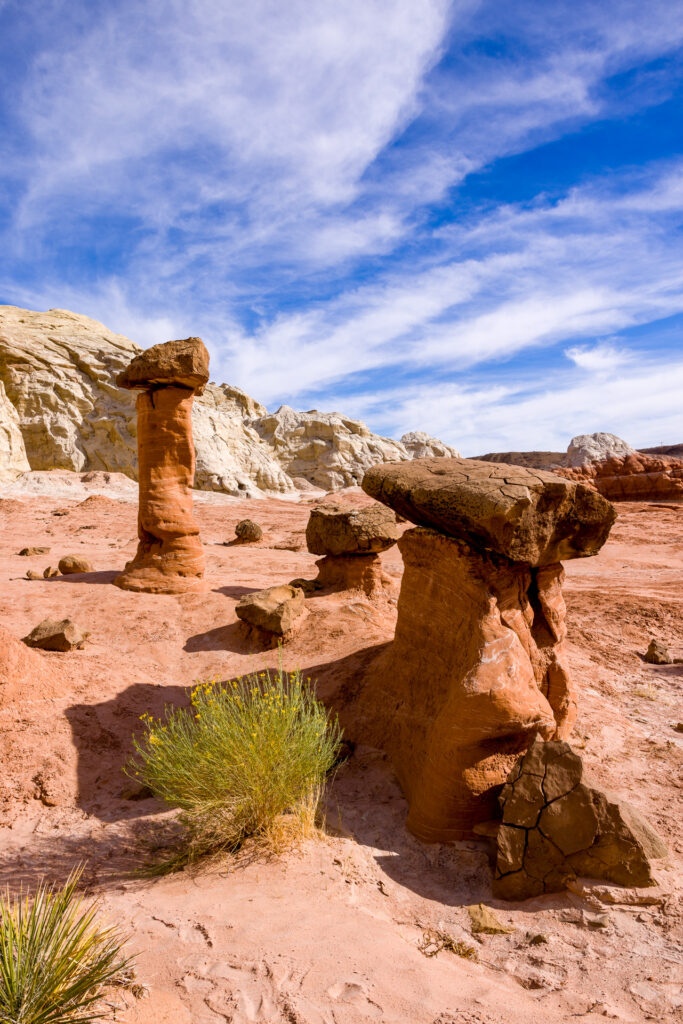
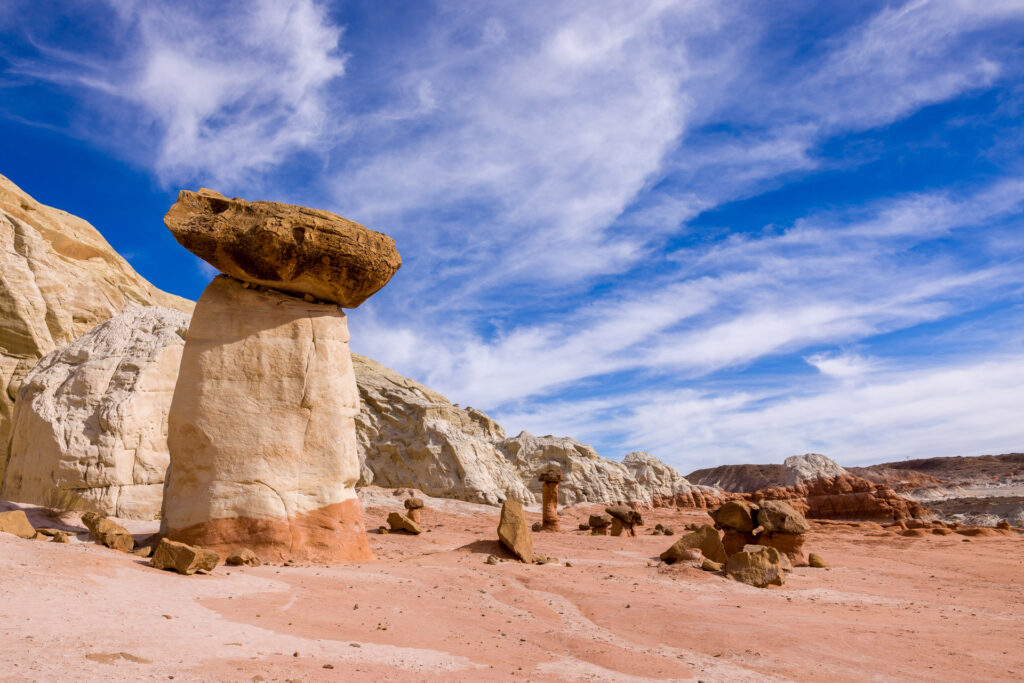
With that background, we can now define an electric toadstool for our purposes. It is a geological formation known as a toadstool, with electricity shooting out of it.
Well, ok, electricity does not exactly shoot out of it. But during monsoon season with the right angle, it can appear this way. This brings me back to the subject of this post, which is the photograph titled “Electric Toadstool.”
It is mid-August of last year during the height of monsoon season. The previous couple days had some wonderful storms. But this night, clear skies were in the forecast, great for shooting the Milky Way. Shortly before sunset, with the sun low on the horizon, the warm light was just grazing the top of a hoodoo.
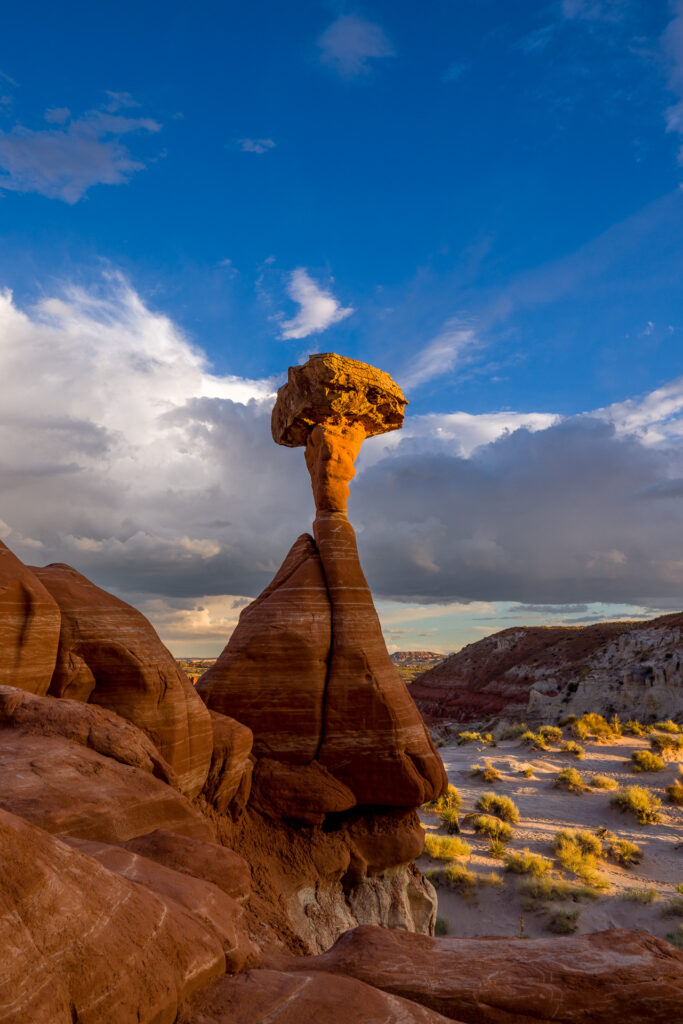
You can see there are still plenty of clouds. Maybe there wouldn’t be clear skies after all.
A short time later, rain can be seen falling in the distance. Even a faint rainbow appears.
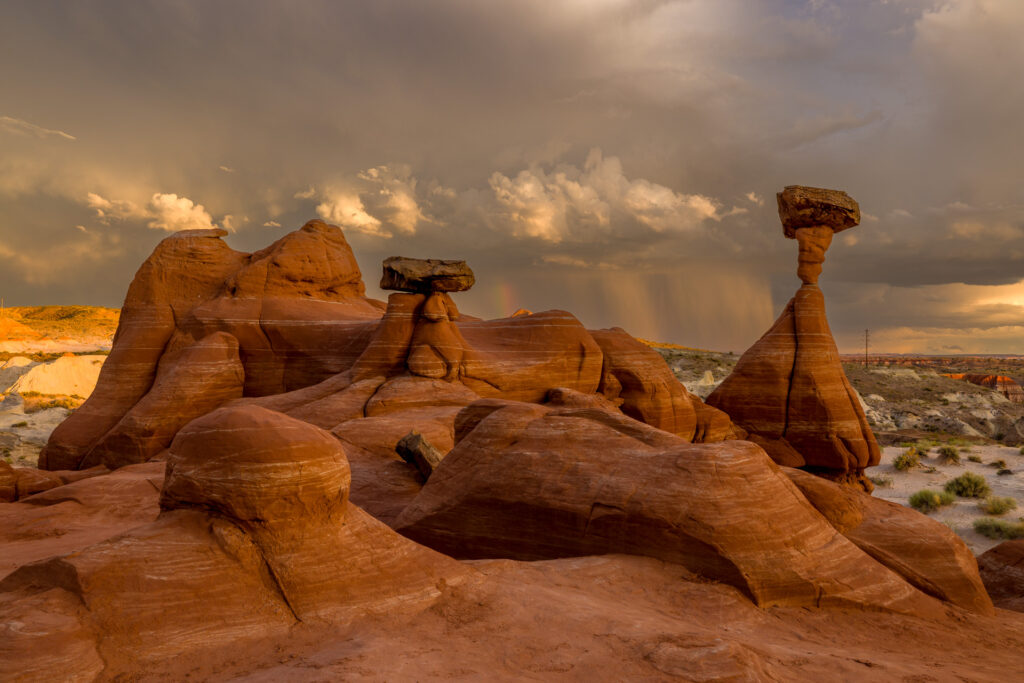
When the sun finally sets, the clouds light up in stunning brilliant orange and red colors!
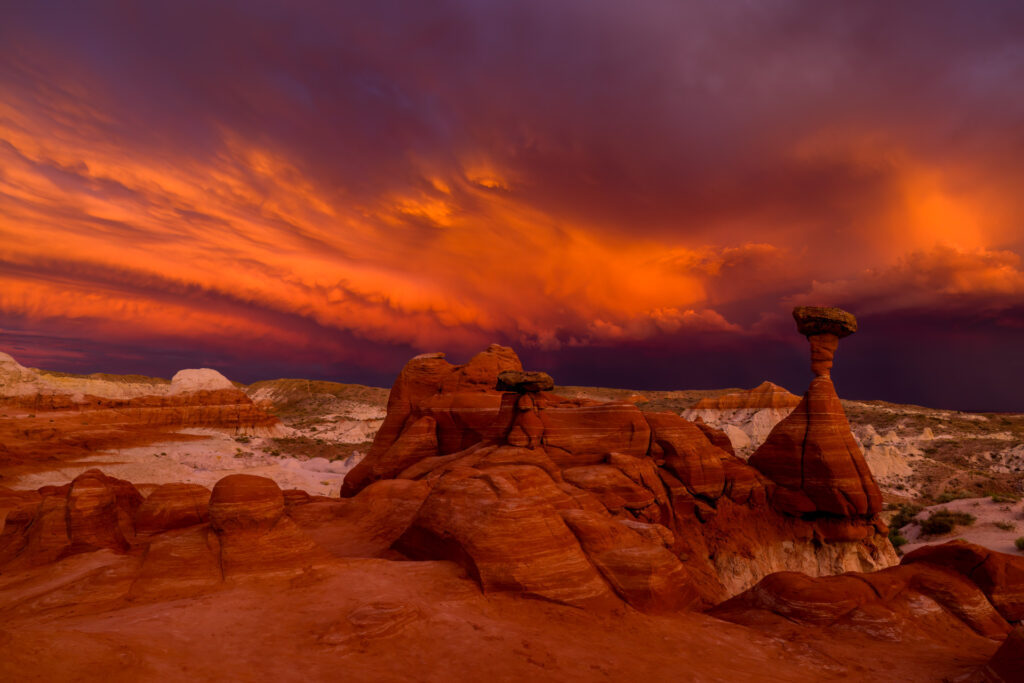
Now, with the sun having set, the light show begins as the storm starts shooting lightning bolts all around. The lightning actually looks purple! I have read that lightning comes in different colors depending on the conditions. Purple indicates that there is heavy rain between the lightning bolt and the viewer. So this must be an intense storm. Finally, the perfect lightning bolt comes, and the electric toadstool is formed.
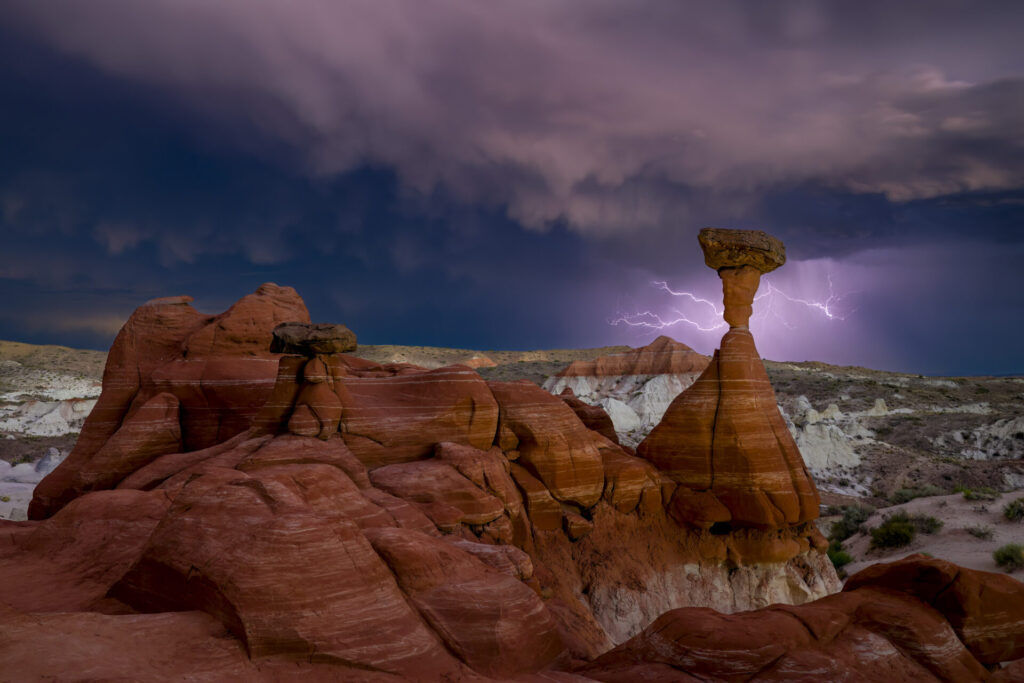
But soon, strong winds start to howl. It is still a mile hike back to the car and safety. Time to hurry back!
Lightning Photography Tips
- Shooting with a tripod is a must.
- During daylight hours, it is best to use a lightning detector.
- If you don’t have a lightning detector, use slowest shutter speed you can and put your camera in continuous shooting mode. Be sure to have plenty of room on the card.
- After sunset, exposures can get significantly longer. In this case, continuous shooting works very well.
- A neutral density filter can help in bright light conditions.
- Lastly, be safe! Lightning can kill. It is a good idea to read up on how to be safer during a lightning storm.
I’ll leave you with one video I made of this night starting off with a time lapse of the clouds at sunset swirling around in the background while the light slowly fades. Then it switches to a slide show of some of the best lightning shots. The soundtrack is of thunder downloaded from the internet. Enjoy!

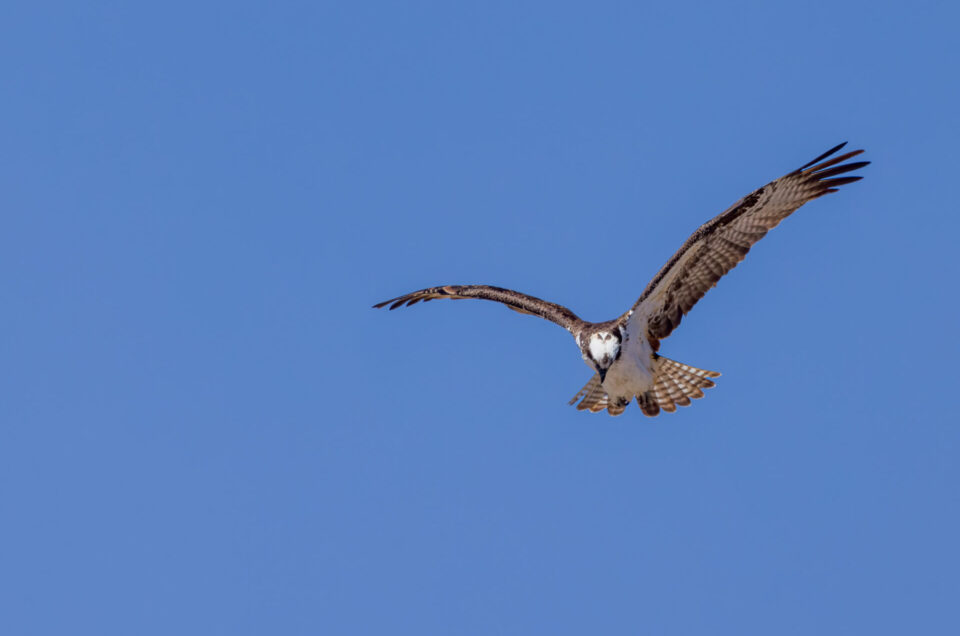


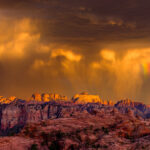
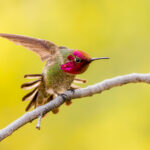
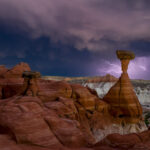

Leave a reply